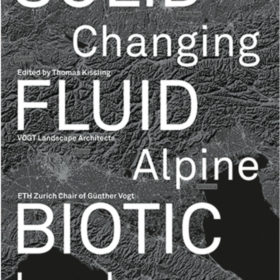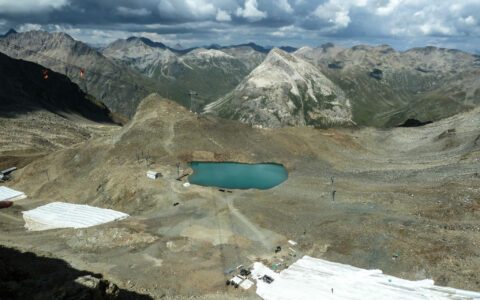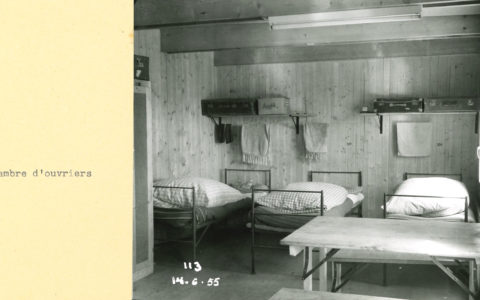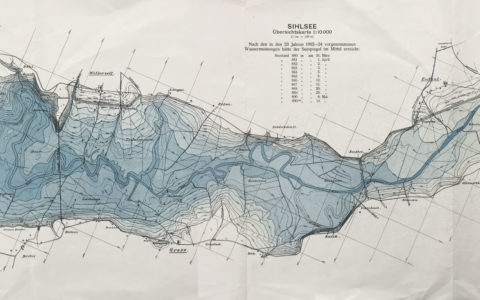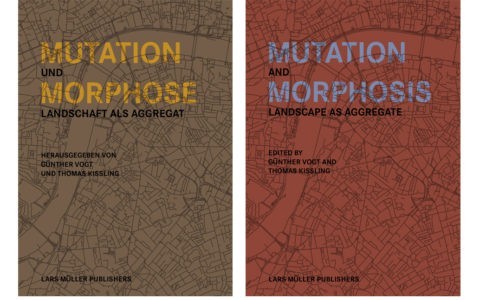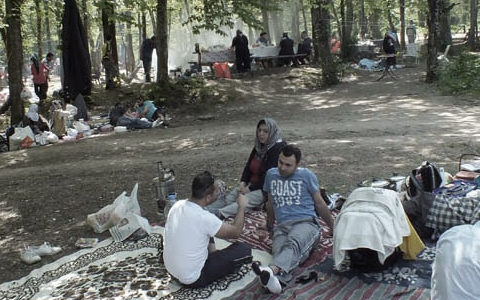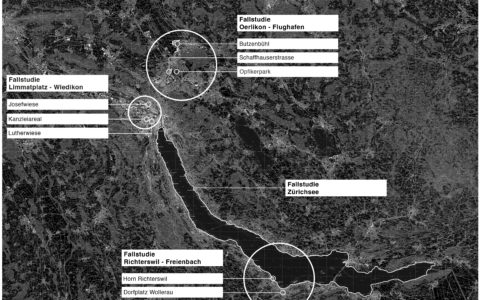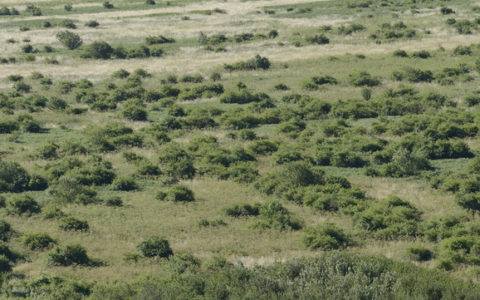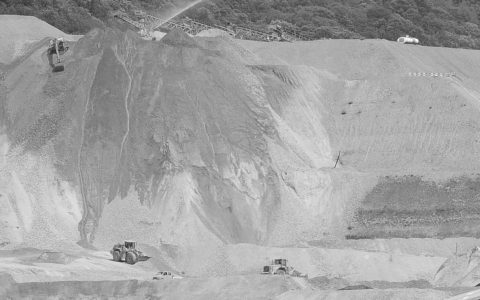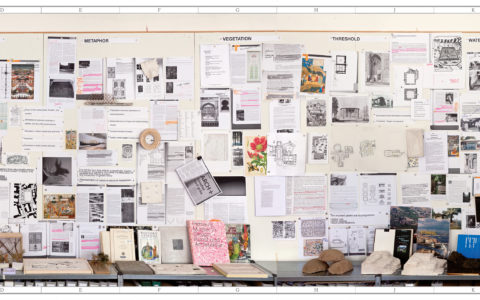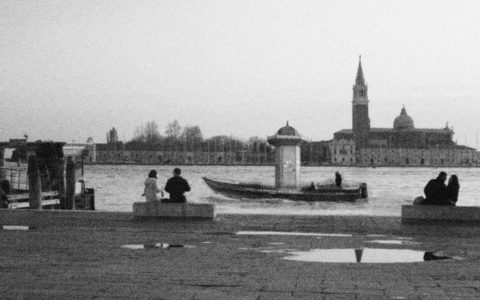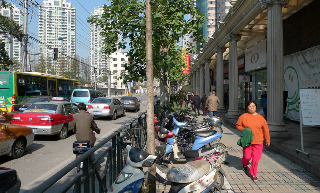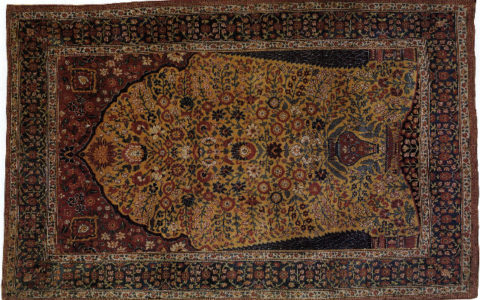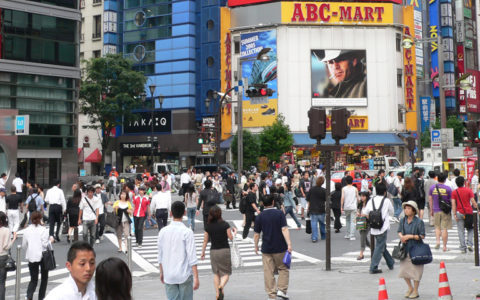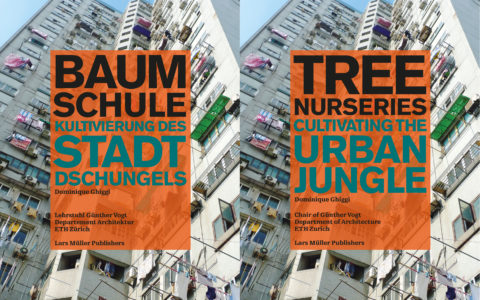Prof. em Dr. h. c. Günther Vogt | Landscape Architecture
Common Water – the Alps
The Alps are not a static assemblage but a dynamic and sensitive living space. Geological and geomorphological processes formed their characteristic topography over millions of years and in so doing established the fundamental conditions for the development of Alpine culture. This is characterised by the continuous creation of livable conditions, directly engaging with local conditions which in turn develop specific forms of community to secure a sustainable way of handling natural resources.
At the same time, the Alps are not a sealed off space, but have always been integrated into the economic and social developments of the European continent, albeit usually delayed and in a milder form. With industrialisation came the distinction between intensively and extensively used landscapes. Climate change fuels these developments further. When considering water as a central resource of the Alpine landscape, the consequences of the rising temperature become clear to see. The rapidly progressing melting of the glaciers and the declining significance of the snow entail amongst other things a «liquefaction of the water balance»; i.e. the storage function of snow and ice becomes less important, so that the hydrological conditions are more strongly influenced by precipitation. The result is that the Alps can no longer completely fulfill their function as Europe’s water tower, particularly in summer. They will however continue to be of outstanding importance in the Central European water supply. The adjacent lowlands of the Alps also become drier in summer.
In order to explore the possibilities of how to deal with water in the Alps from now on, a broad discourse is necessary. This contribution to the exhibition puts forward a proposal for a new reading of the Alpine landscape as an «ecological island» at the centre of the continent, integrating various disciplines such as art, natural sciences, engineering and landscape architecture. Seen in a European frame of reference, totally new features arise: a resource space for (immaculate quality) water and energy; a hotspot of biodiversity; a tourist destination with pleasant climatic conditions; a cultural space free from the stress of dense populations, and a unique landscape.
The installation of new relationships between inner-Alpine and outer-Alpine Europe is founded on the principles of collaboration. As in the case of the early agricultural communities in the Alpine region, the exchange will have to be based on a jointly negotiated and sustainable use. In this way a responsible and careful way of dealing with the resource of the Alpine landscape is possible, refraining from traditional images and ideas but rather creating new images and meanings.
Publication
Thomas Kissling (Ed.): Solid, Fluid, Biotic. Changing Alpine Landscapes.